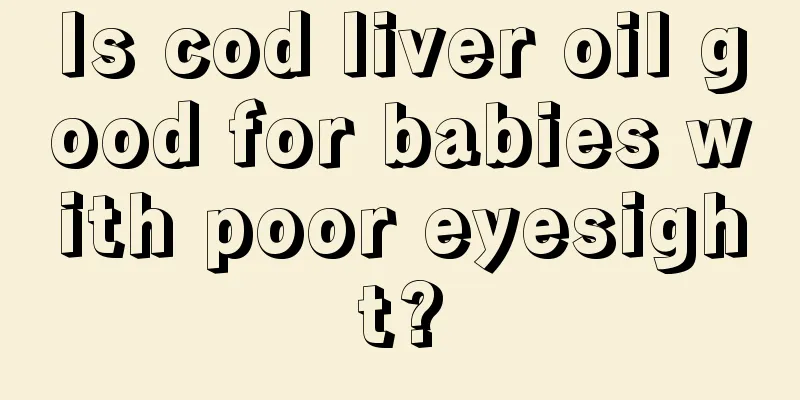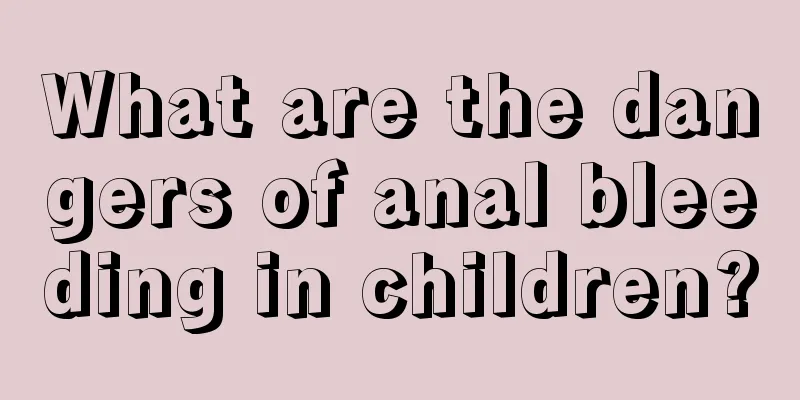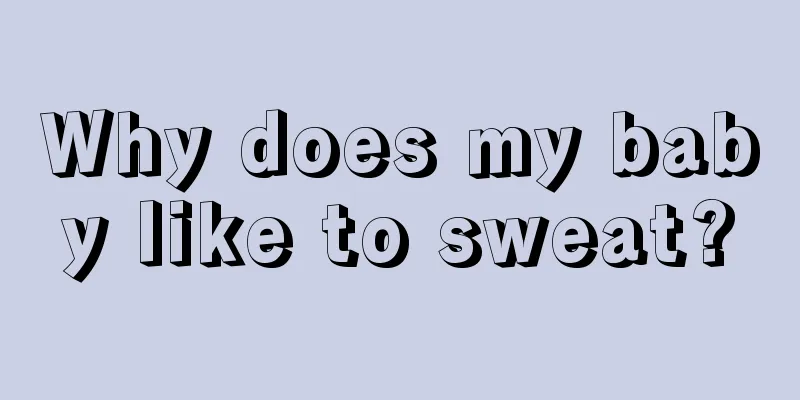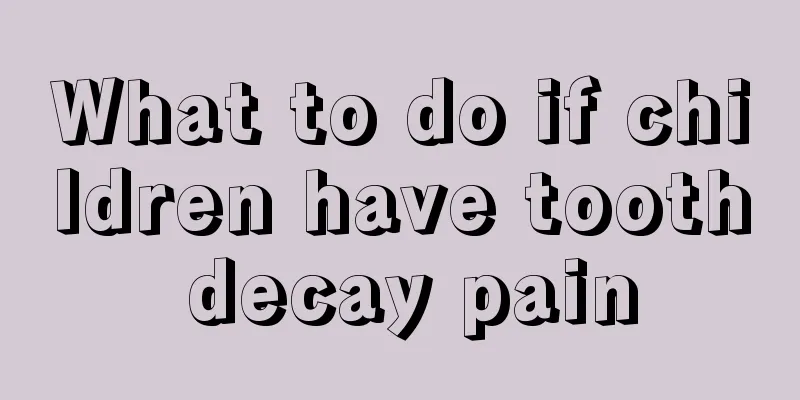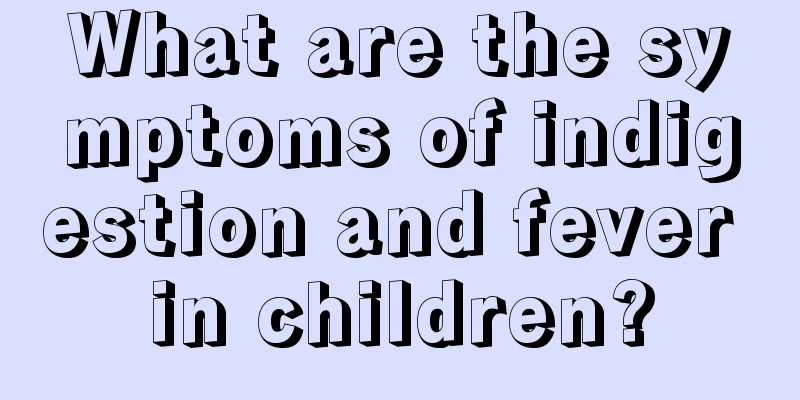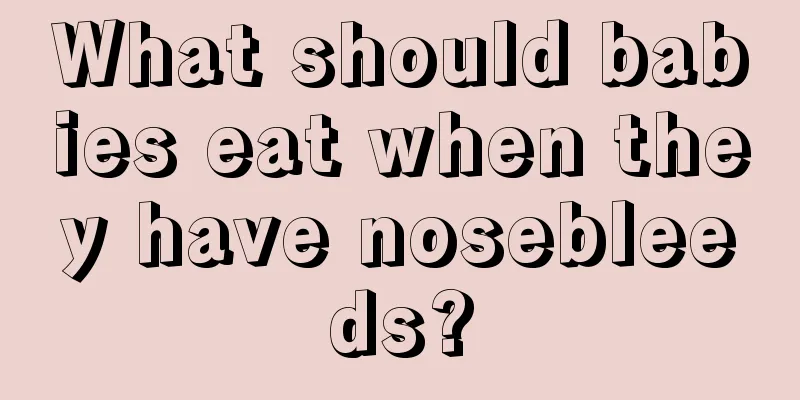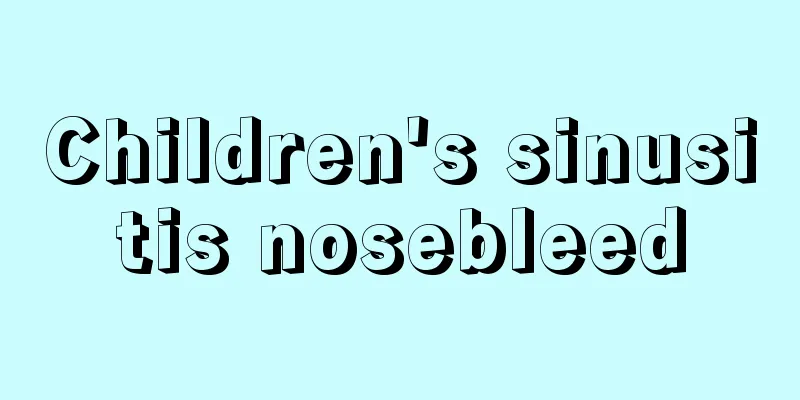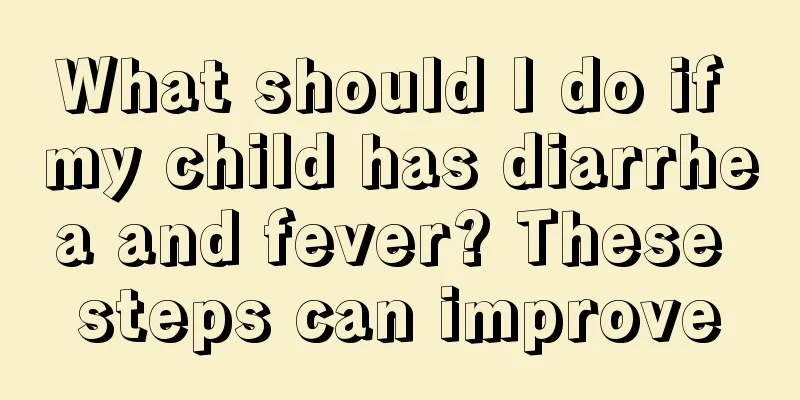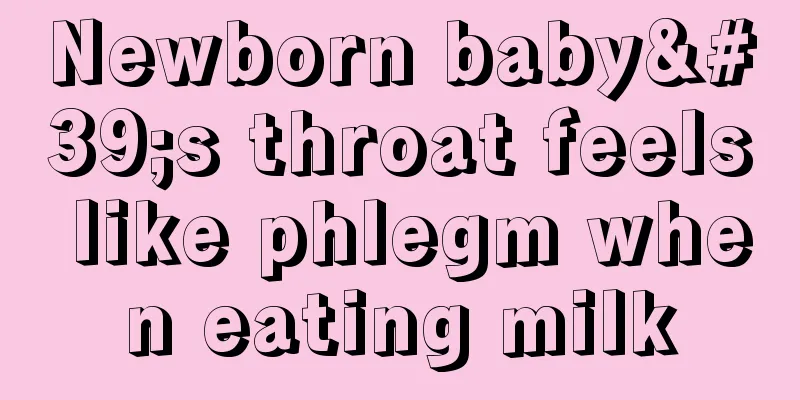Introduction to the difference between wind-cold and wind-heat cold in children
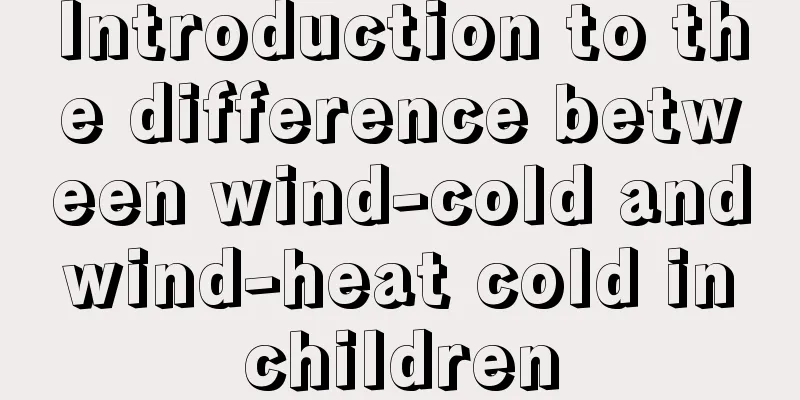
|
Cold is the most common clinical disease. It has no age or gender boundaries and anyone may be susceptible to it. Traditional Chinese medicine divides colds into two types: wind-heat and wind-cold. The symptoms and treatments of the two colds are different, so if you want to truly cure a cold, you must first distinguish which type of cold it is. To this end, this article will introduce the differences between wind-cold and wind-heat colds in children. What is a cold? Wind-cold cold: It often occurs in cold seasons, such as winter, late autumn and early spring, and is a disease caused by the cold evil. Symptoms of a cold caused by wind and cold: mild fever, severe chills, no sweating, headache and body aches, clear nasal discharge, cough, no redness or swelling in the throat, pale red tongue, and a floating and tight pulse. Treatment for colds caused by wind and cold: Use pungent and warm methods to relieve the symptoms. Commonly used Chinese patent medicines include Xiaoer Zhibao Pills, etc. The differences between wind-cold cold and wind-heat cold in children. What is Fengreganmao? Wind-heat cold: It often occurs in warm seasons, such as spring, early summer and early autumn. It is a disease caused by wind-heat evil spirits. Symptoms of wind-heat cold: severe fever, mild chills, sweating or little sweating, headache and nasal congestion, sore throat, red tongue, and rapid pulse (i.e. fast pulse). Treatment for wind-heat cold: Use spicy and cool herbs to relieve the symptoms. Commonly used Chinese patent medicines include Xiaoer Resusuqing oral liquid, Xiaoer Chiqiao Qingre Granules, Xiaoer Ganmao Granules (oral liquid), etc. The differences between wind-cold cold and wind-heat cold in children. The simplest and biggest difference between colds caused by wind and heat 1. The easiest way to judge whether it is a cold caused by wind-cold or wind-heat is to look at the color of the sputum. (1) If the sputum is thick and yellow, and there is a runny yellow nasal discharge, it can be preliminarily considered to be a wind-heat type cold. (2) Wind-cold-type colds produce less phlegm and clear nasal discharge, while wind-cold-type coughs produce thin, white phlegm. 2. The biggest difference between a cold caused by wind-cold or wind-heat is (1) Symptoms such as fear of cold and body aches are more obvious in patients with wind-cold. (2) Patients with wind-heat cough up yellow or thick sputum, while patients with wind-cold cough up thin white sputum. (3) Runny nose caused by wind-cold cold is clear, while runny nose caused by wind-heat cold is thicker. (4) Also, look at your tongue coating in the mirror. Wind-cold is a white coating, while wind-heat is a yellow coating. This is the end of the introduction to the differences between wind-cold and wind-heat colds in children. Parents are reminded to distinguish the types of colds after their children have them, so that targeted medication can be more effective. In addition, parents are also encouraged to pay attention to their children's physical exercise in daily life, improve their children's immunity, and reduce the possibility of catching colds and other diseases. |
<<: How do you know if your baby has anemia?
>>: What is the cause of swollen lymph nodes in the child's neck?
Recommend
What to do if your baby has an itchy throat and dry cough
The baby's itchy throat and dry cough are mai...
Newborn baby's white eye has red bloodshot
Having a baby is a very happy thing. Raising a ch...
What is the cause of the child's nails falling off?
In the process of child's body development, i...
Newborn care and feeding?
Newborn babies need extra care in terms of care a...
How to communicate with children
Many parents nowadays are busy with work and lack...
Why do you keep spitting?
When a child shows abnormal conditions that are d...
How to tie a baby's bun
Many mothers like to leave beautiful hair for the...
How to carry out mental health education for primary school students
In our current lives, many people may have mental...
How to supplement children's anemia
Anemia in children is a comprehensive symptom. Th...
White spots on newborn's face
Many mothers have found that their newborn babies...
What are the key points of nursing for newborn baby with eczema?
The immune function of newborns is not fully deve...
Why is my baby not growing taller?
Babies are in a critical period of physical devel...
Can a child use a fan when he has a fever?
We all know that babies are prone to fever, so ma...
Symptoms of Yin deficiency and hyperactivity of fire in children
If a child suffers from yin deficiency and excess...
What should I do if there is a big gap between my child’s front teeth?
Parents need to pay special attention when childr...
